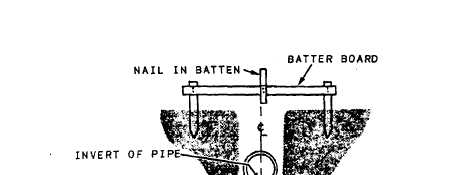Figure 14-41.-Use of batter boards (with battens) for utility shakeout.
part of the inner surface of the pipe. Figure 14-41
shows a common method of staking out an
underground pipe. Notice that both alignment and
elevation are facilitated by a line of batter boards
and battens (small pieces of wood) set at about
25- to 50-ft intervals. The battens, nailed to the
batter boards, determine the horizontal alignment
of the pipe when placed vertically on the same side
of the batter boards and with the same edges
directly over the center line of the pipe. As the
work progresses, you should check the alignment
of these battens frequently. A sighting cord,
stretched parallel to the center line of the pipe
at a uniform distance above the invert grade, is
used to transfer line and grade into the trench.
The center line of the pipe, therefore, will be
directly below the cord, and the sewer invert grade
will be at the selected distance below the cord. A
MEASURING stick, also called a grade pole, is
normally used to transfer the grade from the
sighting cord to the pipe (fig. 14-41). The grade
pole, with markings of feet and inches, is placed
on the invert of the pipe and held plumbed. The
pipe is then lowered into the trench until the mark
on the grade pole is on a horizontal line with the
cord.
Figure 14-42 shows another method of staking
out an underground sewer pipe without the use
of battens. Nails are driven directly into the tops
of the batter boards so that a string stretched
tightly between them will define the pipe center
line. The string or cord can be kept taut by
wrapping it around the nails and hanging a weight
14-44








